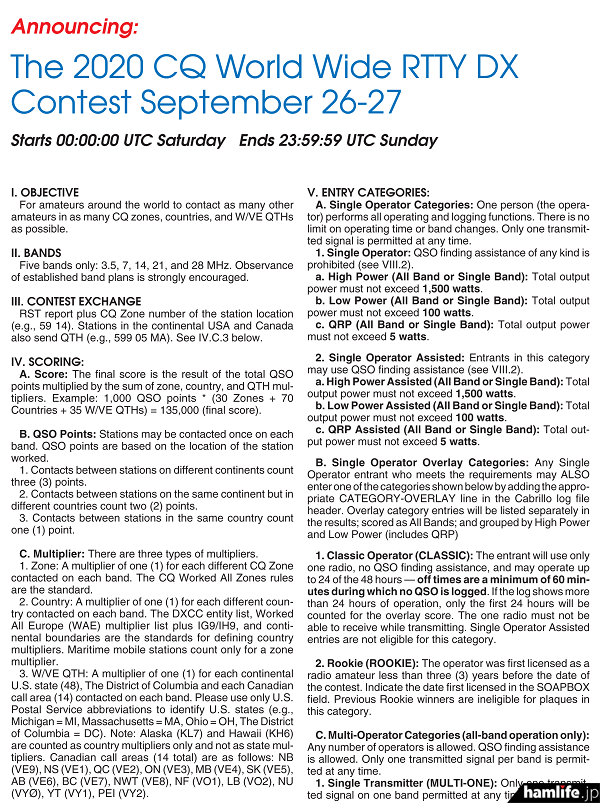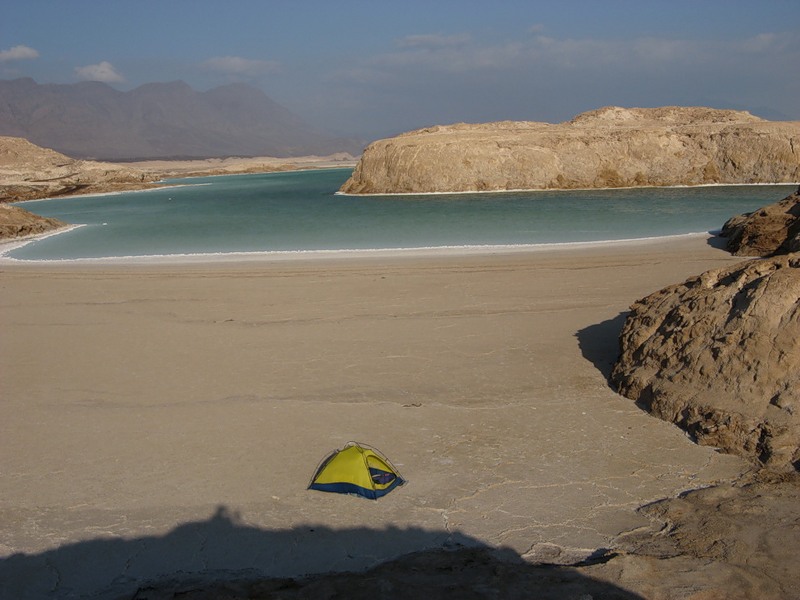
*Stations competing for Awards should provide accurate frequencies in kHz for all contacts in the log. (sum of QSO points - sum of Penalty points) x (sum of entities and callġst plaque to Top Winner in Single Operator High and Low in World and Japan.ġst thru 3rd place Certificate to Single Operator High and Low in each continent and Japan.ġst thru 3rd place Certificate to Multi Operator in World and Japan.
CQ WW DX RTTY PORTABLE
* Each portable designator is counted as a Multi.Įxamples: JA2xxx/3, 7K2yyy/3 as JA3 and KH2/JH3uuu, JR5vvv/KH2 as KH2. * "CALL AREA" is the last letter of the prefix. * You can count your own entity or call area (JA,W,VE, and VK) as a Multi-point. * Each multiplier is counted as a Multi-point only once a band. Three(3), QSO point for contacts outside your own continent.Ī) Each DXCC entity except JA/W/VE/VK(mainland).ī) Each call area of JA/W/VE/VK(mainland). Two(2), QSO point for contact within your own continent. If the Multi Operator Club Station : RST and 99 Multi Operator : RST and Callsign Owner's Age. (including Check Log) based on its examination of the log. * The Committee reserves the right to change the category of any entry Receivers, and antennas are at one station location.Ī remotely operated station must obey all station license, operator license, * Remote operation is permitted if the physical location of transmitters, * There is no limitation to use any DX Cluster. Multi Operator : All Band, permitted multi TX, No Power Limit. Single Operator Low Power : All Band, RF output 100W or less. Single Operator High Power : All Band, No Power Limit. In addition, Ten (10) points will be deducted per QSO logged in at 14100 * The QSO on 14100 kHz (the International Beacon frequency) will be invalid.
CQ WW DX RTTY FULL
* Every year, 3rd full weekend in Oct., starts 00:00 UTC Saturday, ends We have the great pleasure to invite you to the 30th WW RTTY CONTEST conducted by the Japanese Amateur Radio Teleprinter Society, JARTS RULES Contest Period:Ġ0:00 UTC Saturday, Oct. Stations operating in this category may have a maximum of six transmitted signals, one per band at any one time, from stations in different locations.Supported by Japanese "CQ ham radio" Magazine The 2021 CQ WW WPX RTTY, SSB and CW contests will include a new Multi-Transmitter Distributed category. The full rules for CQ WW WPX SSB and CW 2021 will be posted on the CQ website and the CQ WW WPX Contest website in early 2021.

Further, the Multi-Operator Single Transmitter High and Low Power Classic Overlay categories have been removed from the rules.

Also, the maximum operating time for Single Operator Classic Overlay participants has been reduced from 36 to 24 hours. The Single Operator Classic Overlay categories will continue to prohibit the use of QSO alerting systems and should be considered by participants preferring to be unassisted. The use of QSO alerting systems in CQ WW WPX RTTY has been permitted since the mid-1990’s
CQ WW DX RTTY SOFTWARE
CQ WW DX RTTY DRIVERS
The drivers for combining the Single Op Assisted and Unassisted categories include: This change also results in elimination of the requirement for audio recordings. QSO alerting systems will now be permitted in all CQ WW WPX SSB and CW Single Operator categories, except the Single Operator Classic Overlay categories. It is not intended to replace, or compete with, other multi-operator categories.

Six bands may be activated simultaneously. All equipment, including remotely-controlled equipment, must be located in same DXCC entity and CQ Zone. Stations operating in this category may have a maximum of six transmitted signals, one per band at any one time, from stations in different locations.


 0 kommentar(er)
0 kommentar(er)
